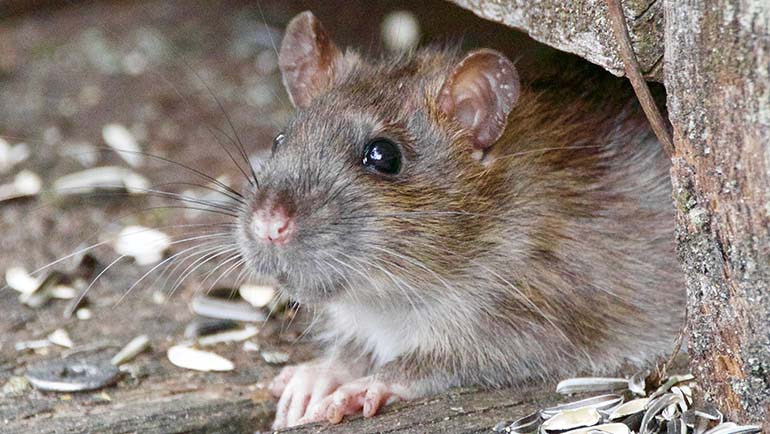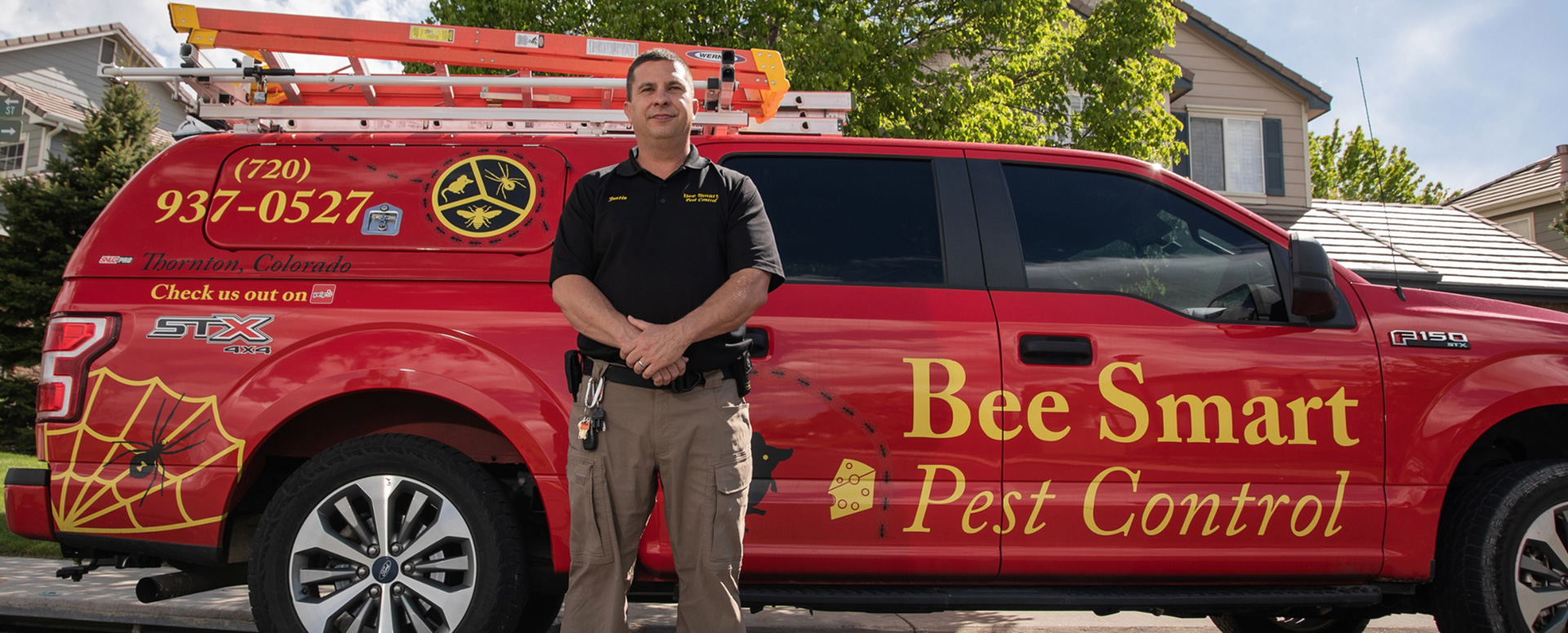Winter drives rodents toward sheltered spaces, transforming your cozy home into an appealing sanctuary for mice and rats. Professional pest control specialists recognize distinct patterns that reveal rodent presence long before most homeowners notice problems.

Understanding Rodent Behavior
Professional exterminators look beyond obvious signs when investigating potential infestations. Rats and mice leave behind spindle-shaped droppings, ranging from quarter-inch to three-quarter-inch lengths. Mouse droppings typically appear dark brown or black, while rat droppings show variation in color depending on their diet and age.
Hidden Entry Points
Experienced pest control technicians focus heavily on structural vulnerabilities around homes. Mice squeeze through holes barely wider than a pencil, while rats require slightly larger openings. Foundation cracks, utility pipe entrances, and damaged weather stripping create perfect access points for determined rodents.
Tracking Their Movement
Rodents establish regular pathways between their nests and food sources. Professional inspectors examine baseboards and walls for dark, greasy marks left by rodent fur. These telltale smudges accumulate over time as multiple rodents follow identical routes through your home.
Destructive Feeding Patterns
Mice and rats constantly gnaw to maintain their ever-growing teeth. Expert technicians recognize distinctive chewing patterns on wood, plastic, and even metal surfaces. Fresh gnaw marks appear lighter than surrounding areas, helping professionals determine how recently rodents damaged materials.
Nesting Behaviors
Professional pest controllers know rodents prefer quiet, undisturbed locations for building nests. They search for shredded insulation, torn paper, and gathered fabric in dark corners, wall voids, and attic spaces. Experienced technicians recognize these materials indicate nearby rodent populations.
Environmental Attractants
Pest control specialists examine external factors drawing rodents toward homes. Standing water, overgrown vegetation, and improper food storage create ideal conditions for rodent activity. Understanding these environmental contributors helps prevent future infestations.
Seasonal Population Changes
Winter weather significantly impacts rodent behavior patterns. Professional exterminators note increased indoor activity during cold months as rodents seek warmth and shelter. This seasonal migration often reveals previously unnoticed entry points around homes.
Long-term Prevention Strategies
Expert pest controllers emphasize maintaining clean, organized spaces throughout your home. Regular inspection of potential entry points, proper food storage, and elimination of water sources help prevent rodent problems before they start. Understanding these preventive measures proves especially crucial during winter months.
Taking Action Against Infestations
Finding multiple signs of rodent activity means that you need help. Professional pest control specialists recommend addressing problems immediately rather than waiting for populations to grow larger. Otherwise, you could be looking at a worse and more expensive problem. Early detection and treatment typically lead to faster resolution with less property damage.
Understanding rodent behavior patterns through professional expertise helps homeowners identify potential problems before they escalate. These resourceful creatures quickly adapt to human environments, making knowledge of their habits essential for maintaining a rodent-free home. Regular monitoring of vulnerable areas, particularly during winter months, remains crucial for catching problems early.

